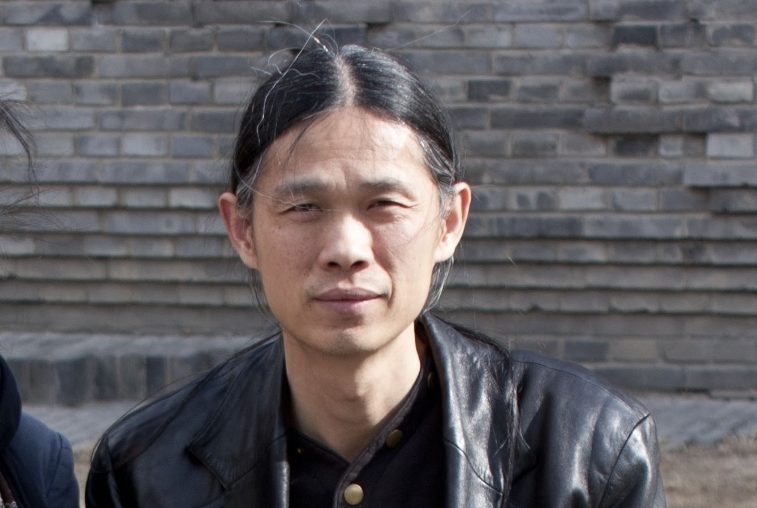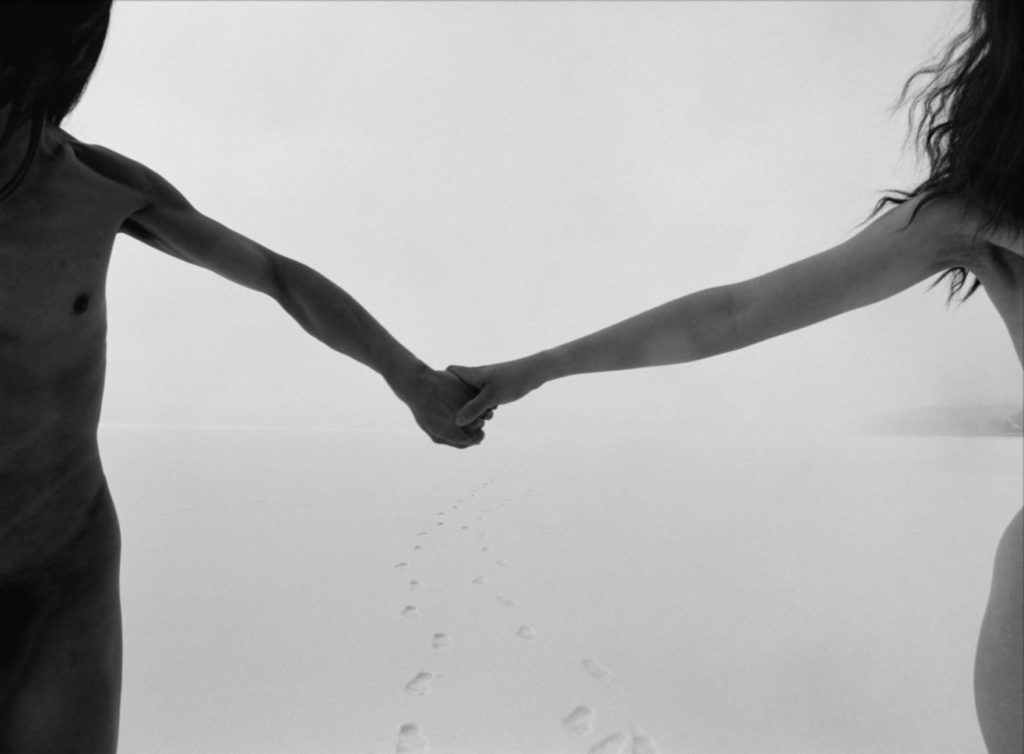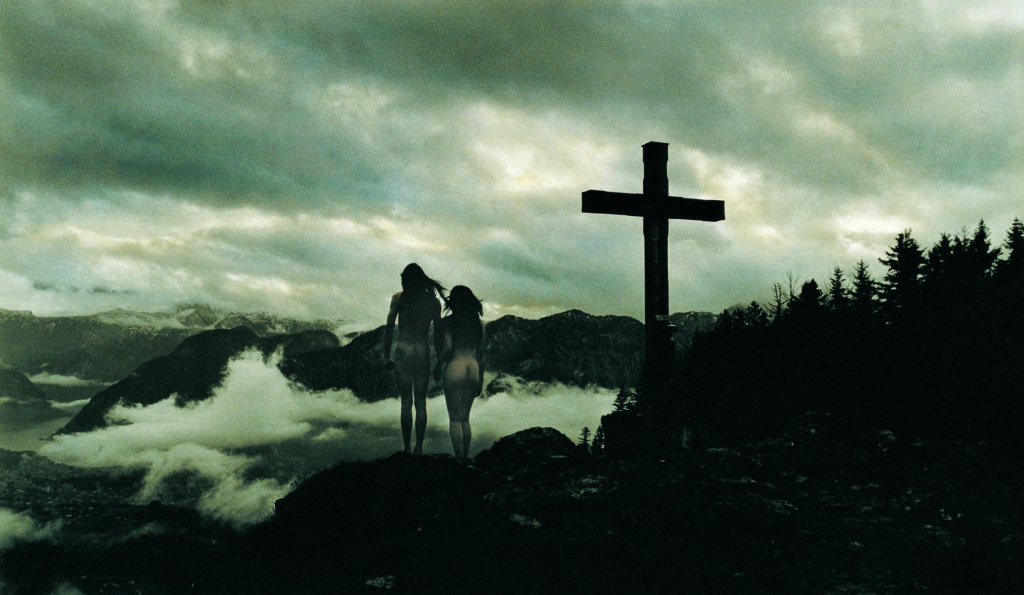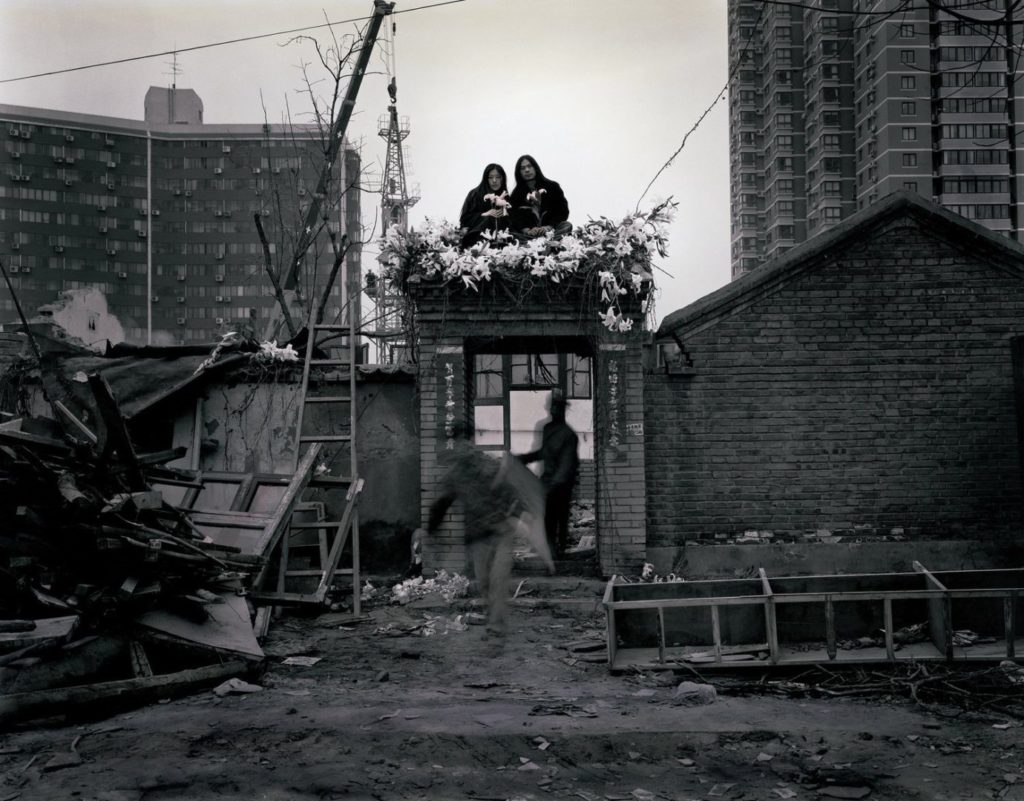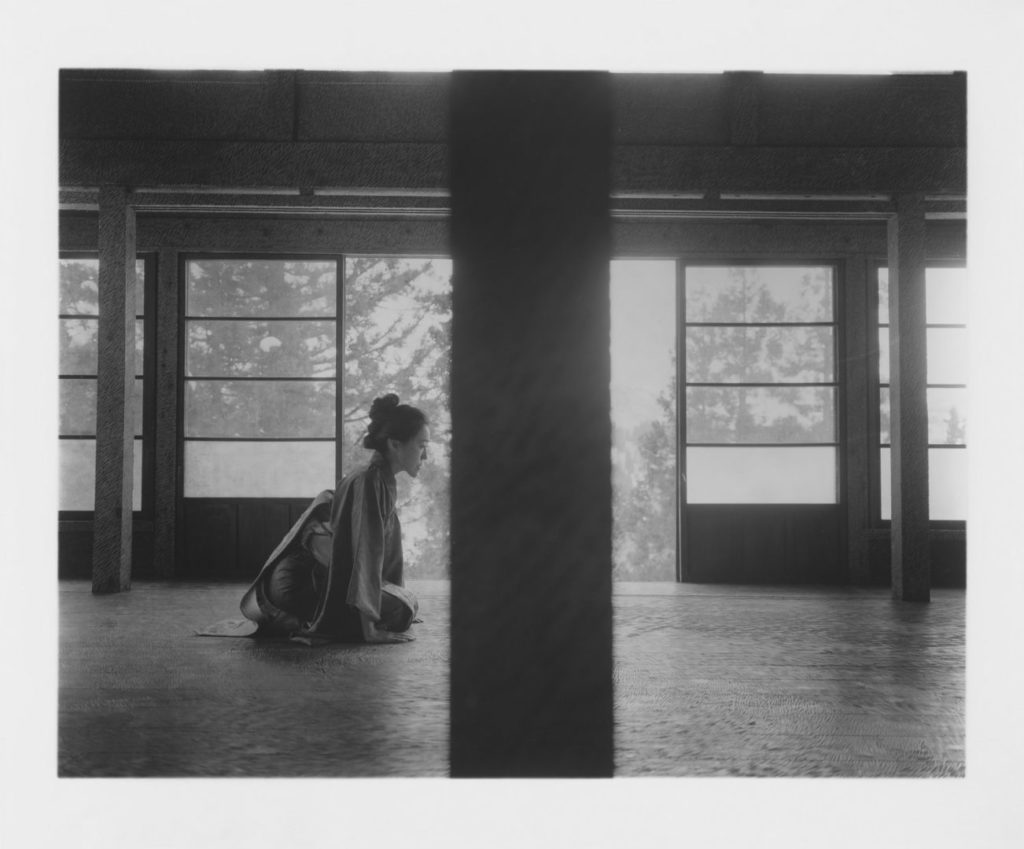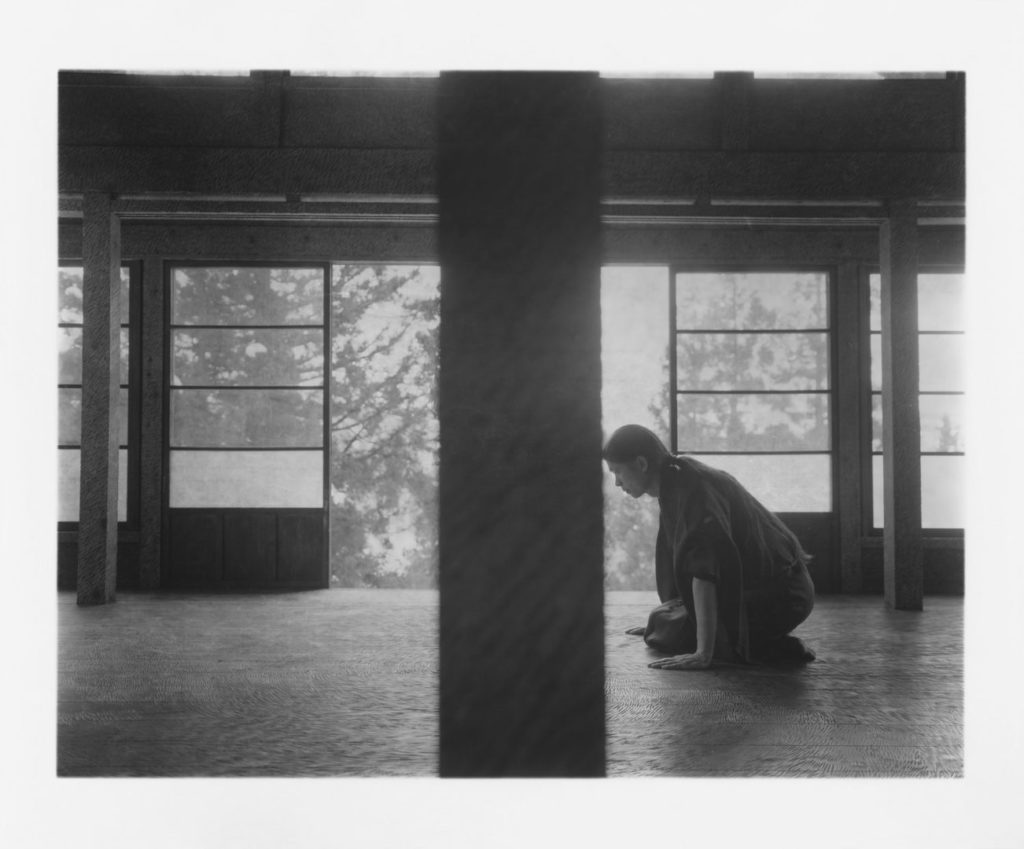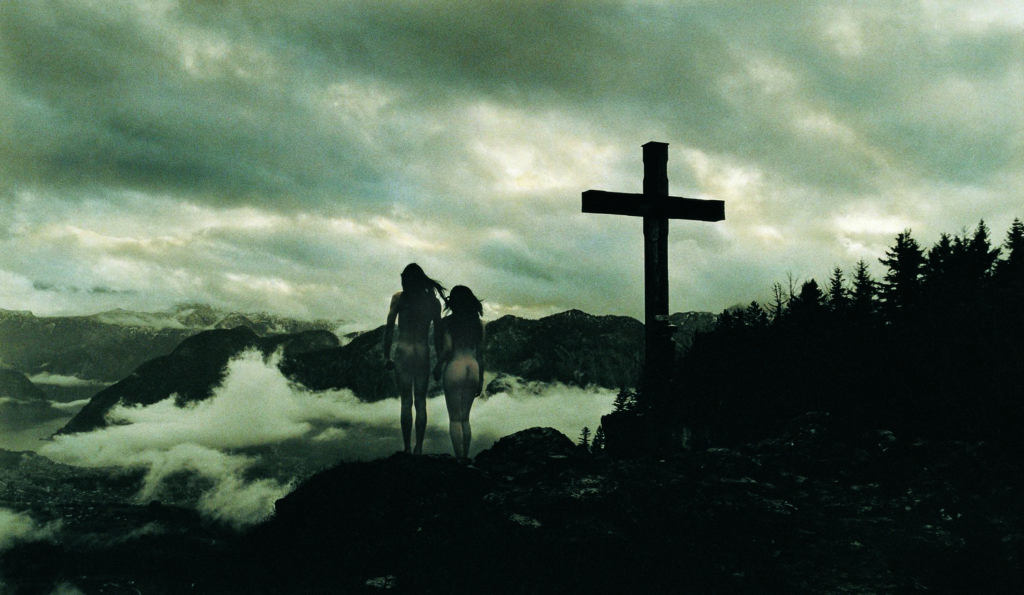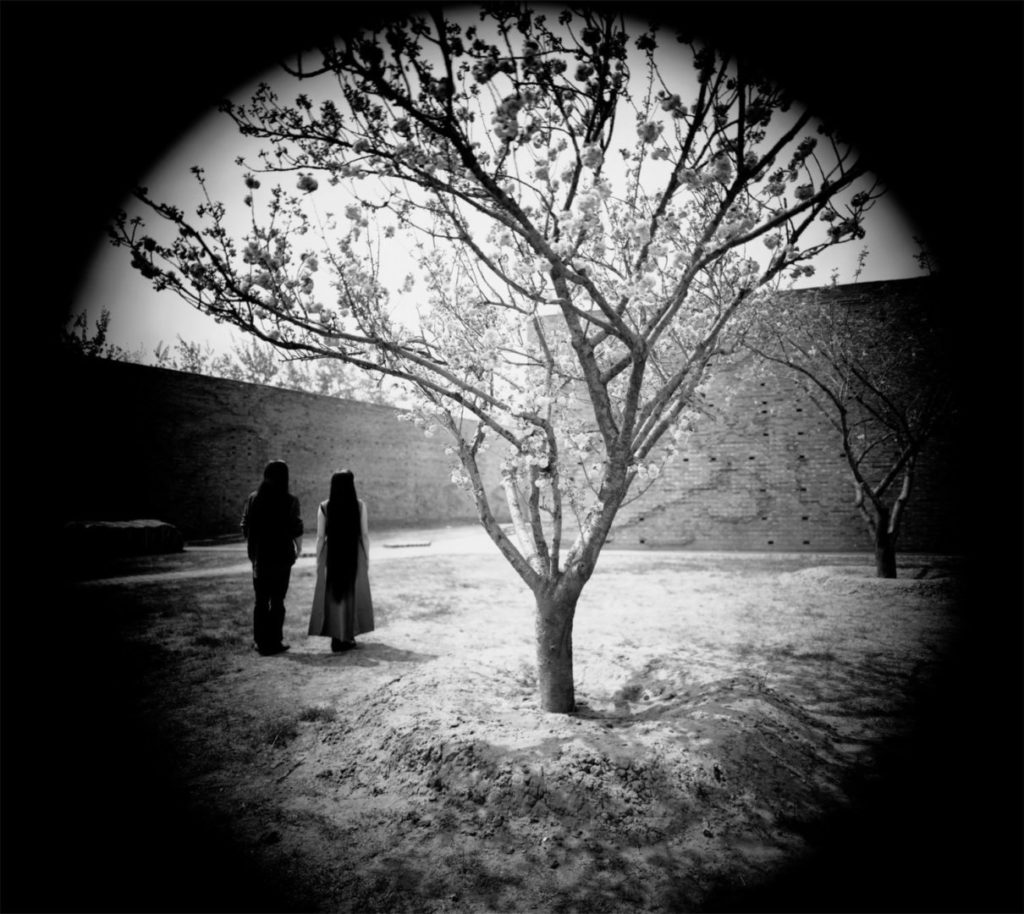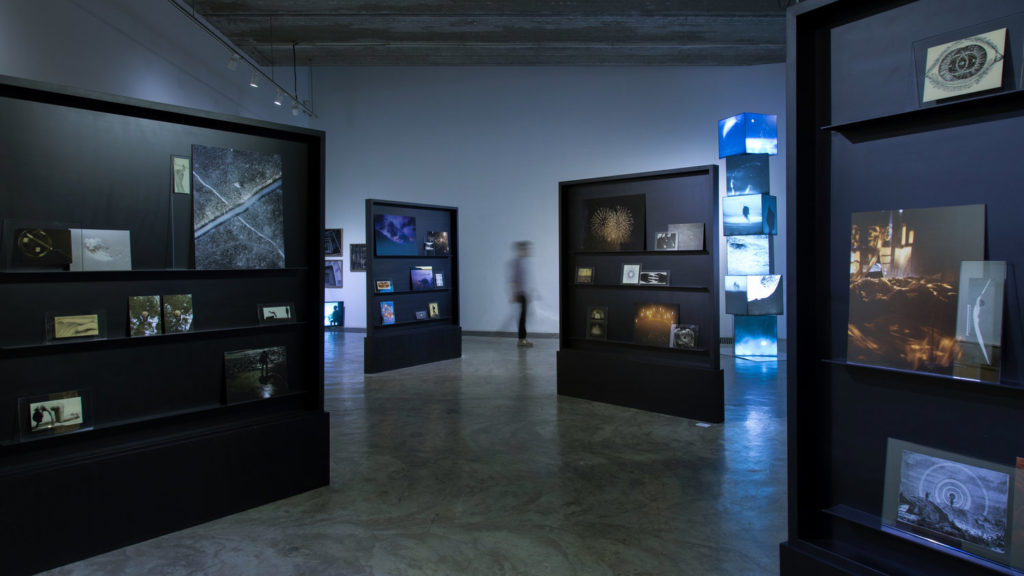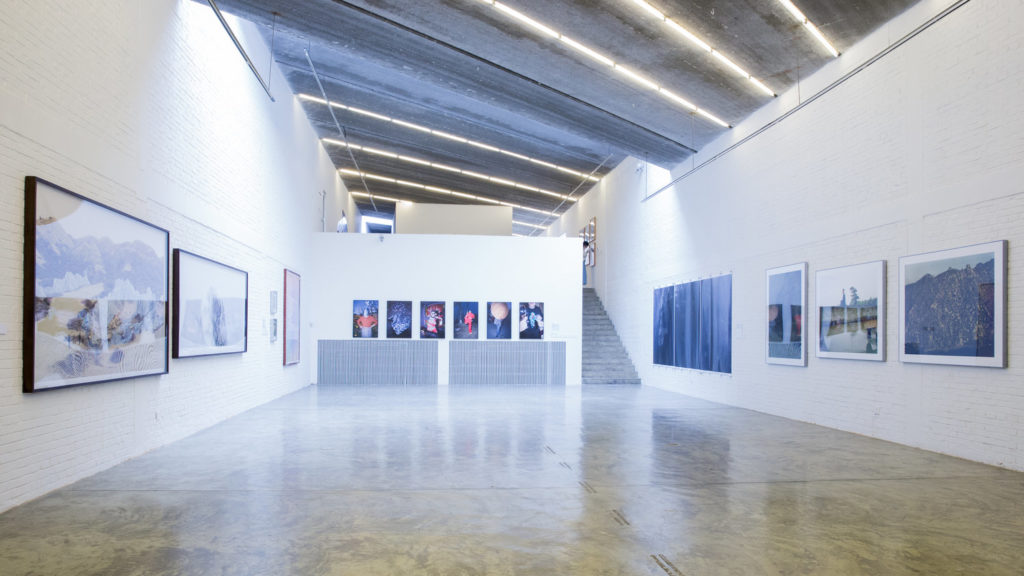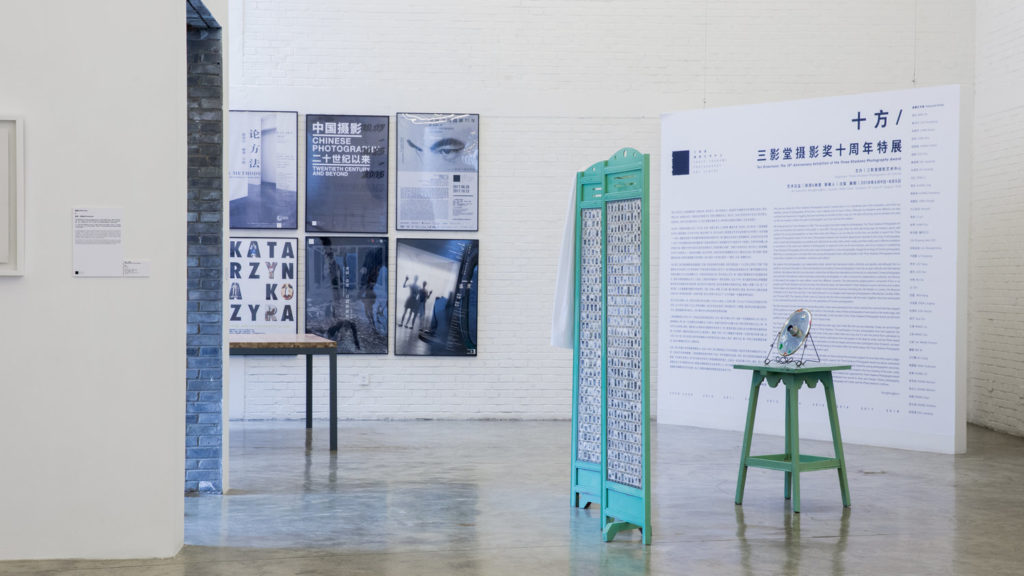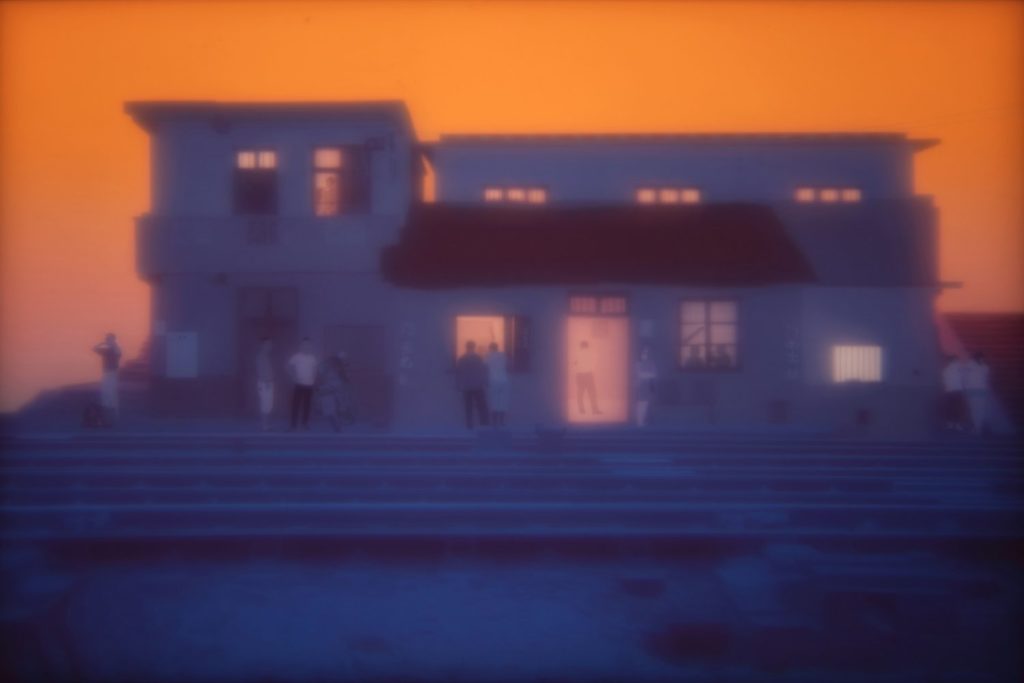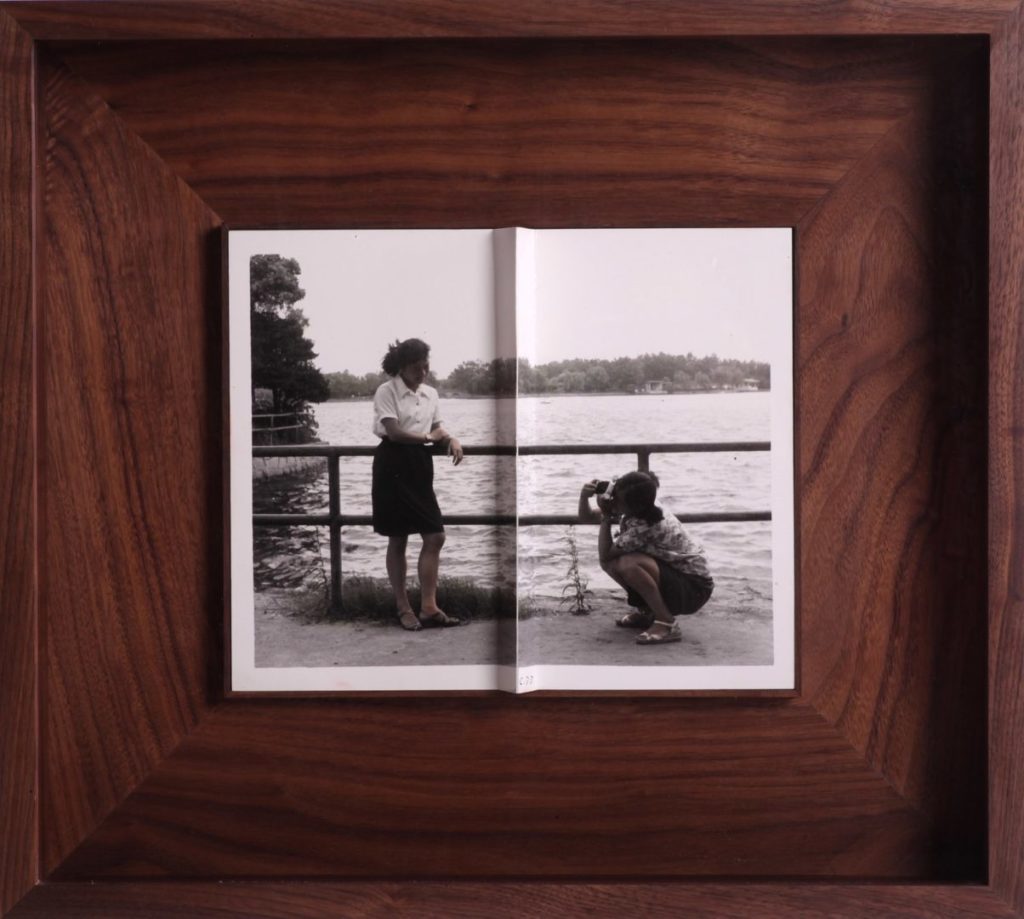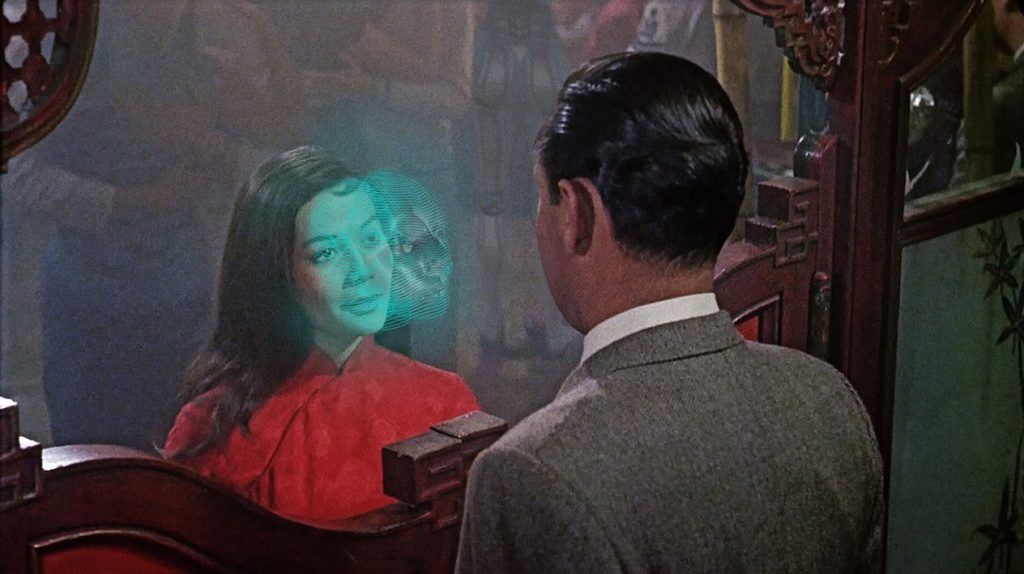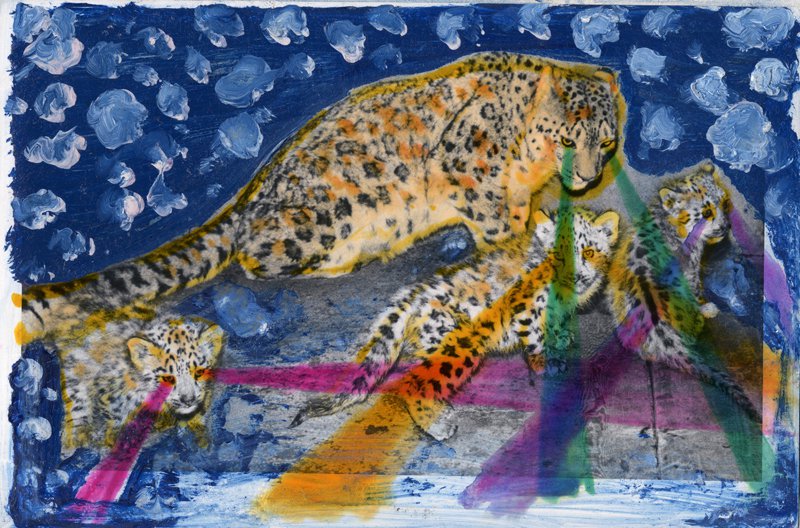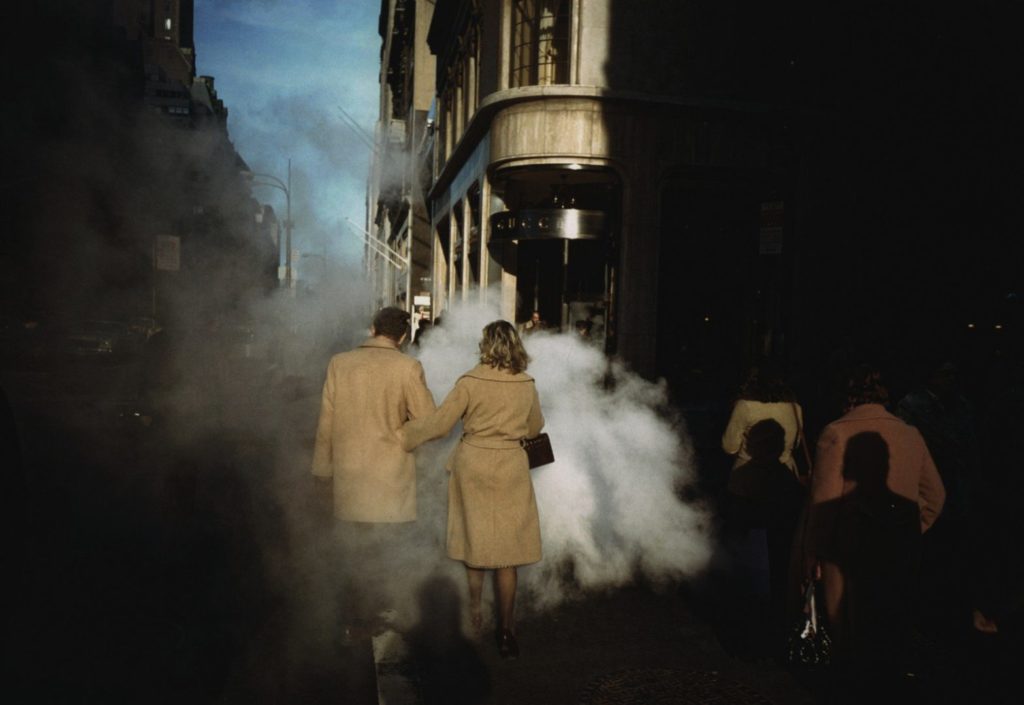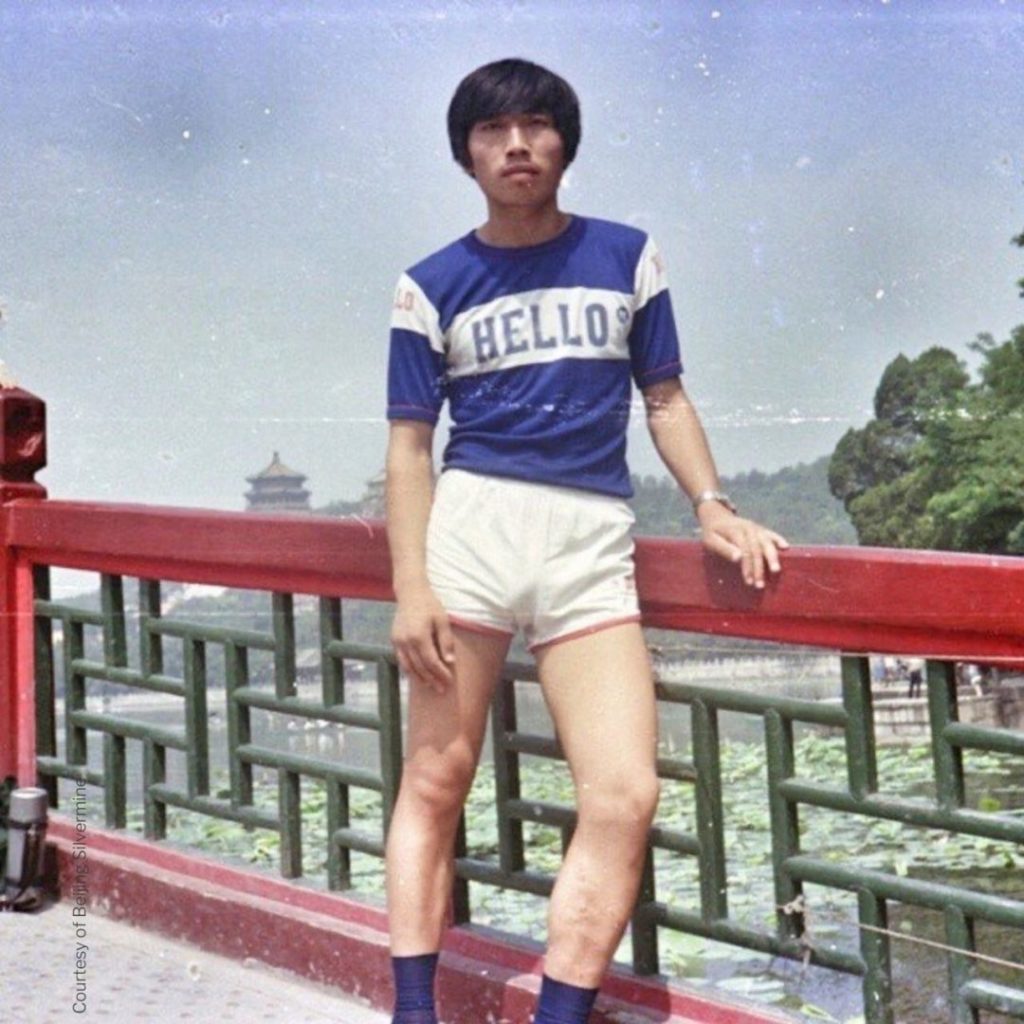A legendary photographer who started in the 1990s, RongRong (born 1968 in Fujian, China) established in 2007 with his wife, Japanese photographer Inri, the very first non-profit museum dedicated to photography in China, Three Shadows Photography Art Centre, in Beijing’s art district Caochangdi. Soon after the creation of the museum, Three Shadows created an award dedicated to young talents in Chinese photography, the Three Shadows Photography Award (TSPA), which has become in 10 years a reference in the Chinese art world. RongRong is also the founder of Jimei x Arles International Photo Festival in Xiamen, with Rencontres d’Arles’ director Sam Stourdzé.
Doors interviewed Rong Rong on the occasion of the 10th anniversary of TSPA and the related exhibition organized by Three Shadows, with works by award laureates or nominees from the past 10 years: BING Nv, CAI Dongdong, CHEN Xiaoyi, CHEN Zhe, CHENG Xinhao, CHU Chu, DAI Jianyong, DU Yanfang, FENG Li, HUANG Jing, HUANG Xiaoliang, JIANG Pengyi, 9mouth, LI Jun, LIANG Xiu, Lin Zhipeng (aka 223), LIU Zhangbolong, LU Yanpeng, LUO Yang, LUO Dan, Mu Ge, QIU, REN Hang, SHEN Linghao, SUN Yanchu, Taca SUI, WANG Lin, WANG Lin, WANG Tuo, Yan WANG Preston, WEI Bi, XU Lijing, YANG Yuanyuan, ZHANG Jin, ZHANG Kechun, ZHANG Wenxin, ZHANG Xiao, ZHANG Zhizhou, ZHU Lanqing

